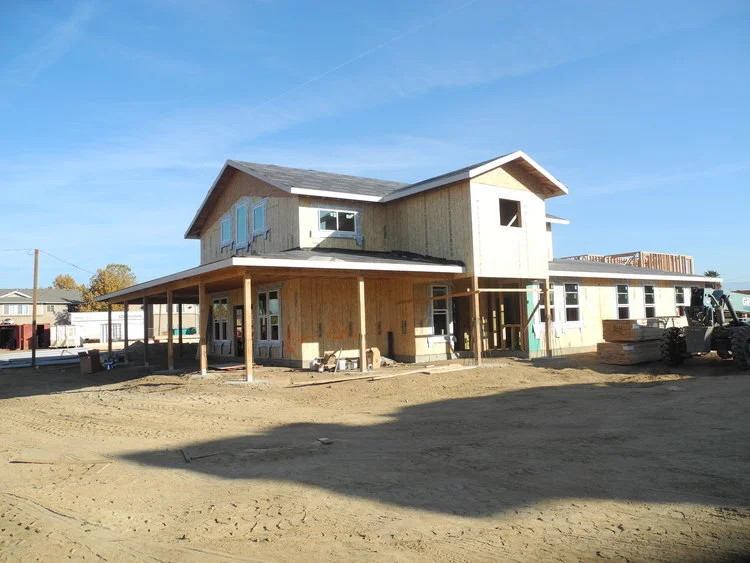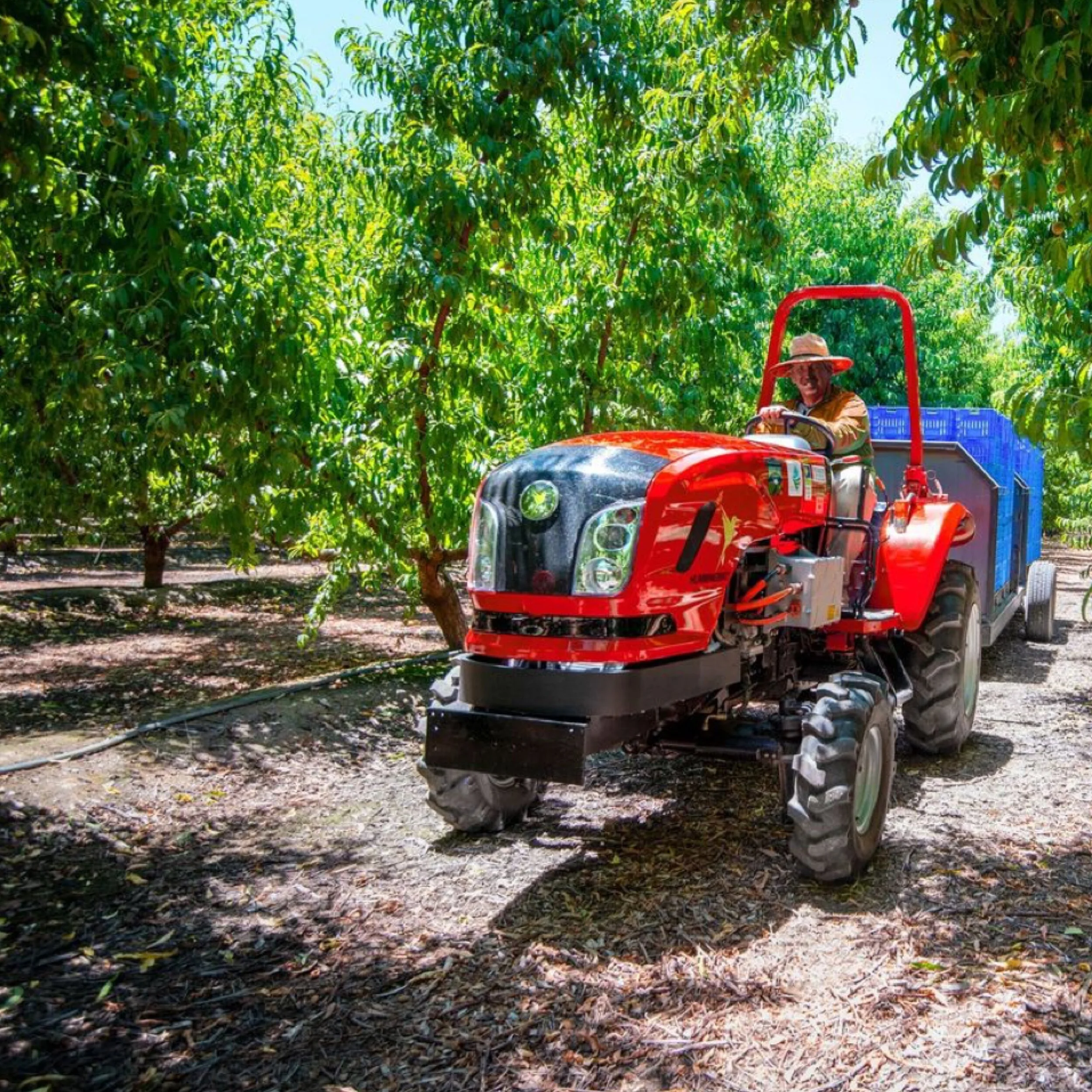Three Fresno neighborhoods are about to undergo an economic and environmental transformation that promises to improve the quality of life for residents of Southwest, Chinatown and Downtown Fresno.
Watershed Research and Training Center Coordinates Forest Management Across the State
Low-income Weatherization Program Helps Casas de la Viña Residents Save Money and Energy
Dana Guzman is a resident of Casas de la Viña, a 56-unit affordable apartment rental community that serves low-income families and farmworkers. The mother of two boys, Dana moved to Casas de la Viña when she needed to find a new home. Self-Help Enterprises was able to install solar photovoltaic (PV) systems and make energy efficiency improvements at Casas de la Viña with Cap-and-Trade dollars.
Ecological Resilience through Regenerative Grazing
Building San Ysidro Community Capacity to Understand and Act on Air Quality Solutions
San Ysidro is a predominantly low-income, 93% Latino community, situated along the US-Mexico border, across from the Mexican city of Tijuana. Sources of air pollution include vehicle exhaust from traffic waiting to cross the San Ysidro Port of Entry, the largest land-border crossing in the Western Hemisphere, as well as air pollution from Mexico.
Understanding Sources and Health Impacts of Local Air Pollution in South Central Los Angeles
Launched in January 2019, the South Central Los Angeles Project to Understand the Sources and Health Impacts of Local Air Pollution (SCLA‑PUSH) aims to help South Central LA organizations and community residents better understand the state of air quality and health in their community and engage in air monitoring and data analysis to advance community‑driven solutions in air quality policy. The project was awarded $300,000 by the AB 617 Community Air Grant Program and is led by Physicians for Social Responsibility–Los Angeles (PSR‑LA).
Adaptive Reuse Brings Affordable Housing, Walkability, and Community Arts Space to Santa Ana
In June 2020, artists, their families, and low‑income earners in Santa Ana began moving into new affordable homes funded in part by a $12 million award from California Climate Investments through the Affordable Housing and Sustainable Communities program. In partnership with the Southern California Association of Governments, the Santa Ana Arts Collective development promotes sustainability and health through active transportation safety activities, supported by over .5 miles of bicycle facility improvements and 36 improved pedestrian crossings. The project also features a gallery space for resident and community artists, and Meta Housing is partnering with Western Community Housing to deliver on‑site adult education services.
Building Affordable Housing and Transportation Improvements in Dinuba
As early as this summer, Sierra Village will offer 44 affordable homes with easy access to bike lanes and sidewalks in the rural community of Dinuba. This apartment rental community will not only bring an affordable housing option to hardworking low-income families, but it will also feature a vanpool program and other transportation improvements, solar and water conservation features — all of which are designed to reduce GHG emissions.
Linking Transit and Active Transportation with New Affordable Housing in Riverside
The Mission Heritage Plaza project is using $16.8 million to help local partners build 71 new energy-efficient, affordable homes in downtown Riverside. The project will also plant over 200 new trees, provide two miles of new bike lanes, and create a multi-modal transit hub that links local and regional transit systems in one convenient location.
Electric Tractor Demonstration Supports Market Development and Pollution Reduction
Project Clean Air, Inc., in collaboration with several partners, is implementing the San Joaquin Valley Electric Tractor Development and Demonstration project. Supported by $1.5 million in California Climate Investments funding, the project’s goals are to design, customize, develop, and test the first all‑electric agriculture tractors with in-field mobile charging supporting electric Class 6 trucks in California. By demonstrating the functionality of this fleet of electric vehicles, this project will help create a market for electric agricultural and freight equipment.












